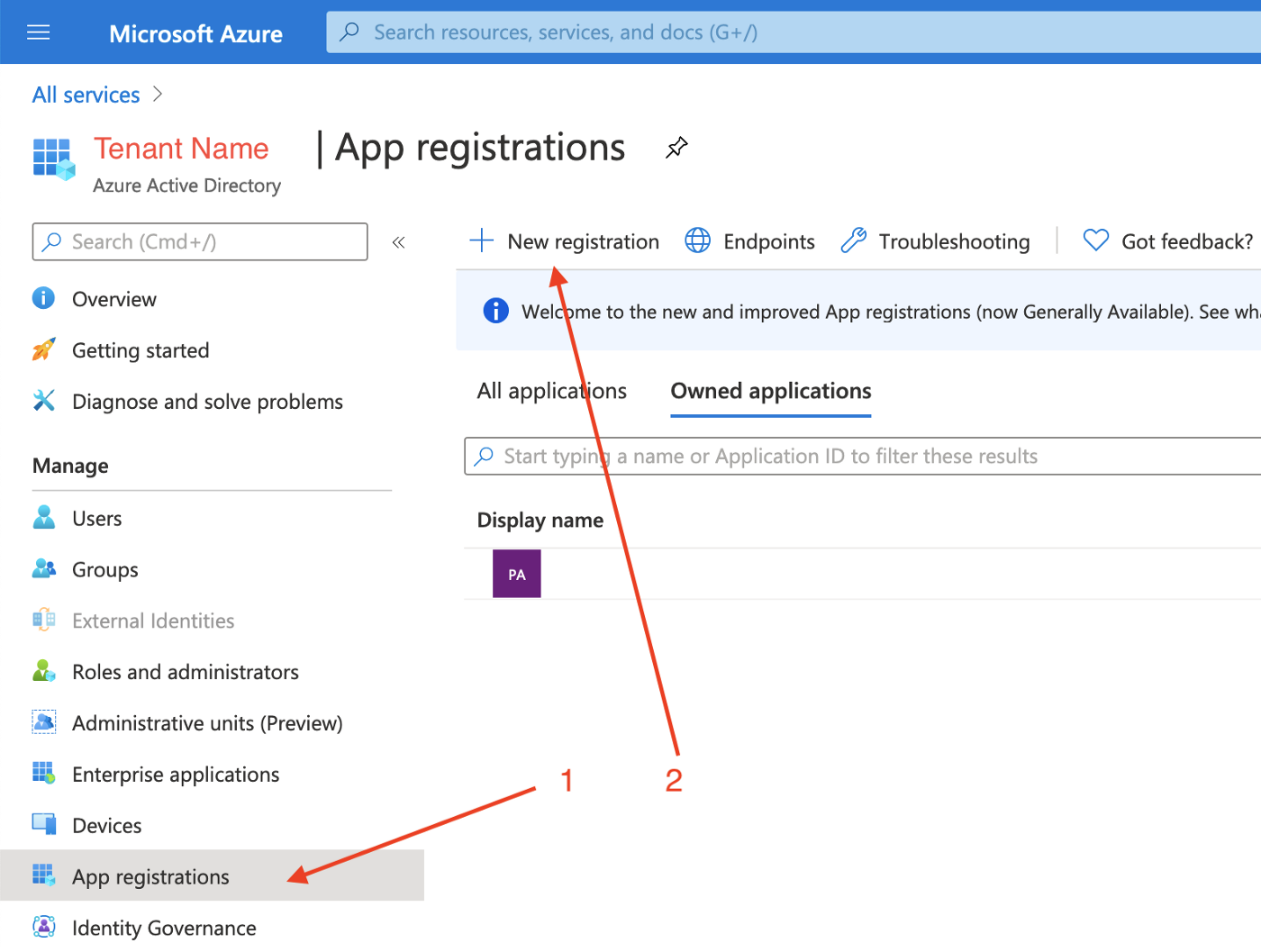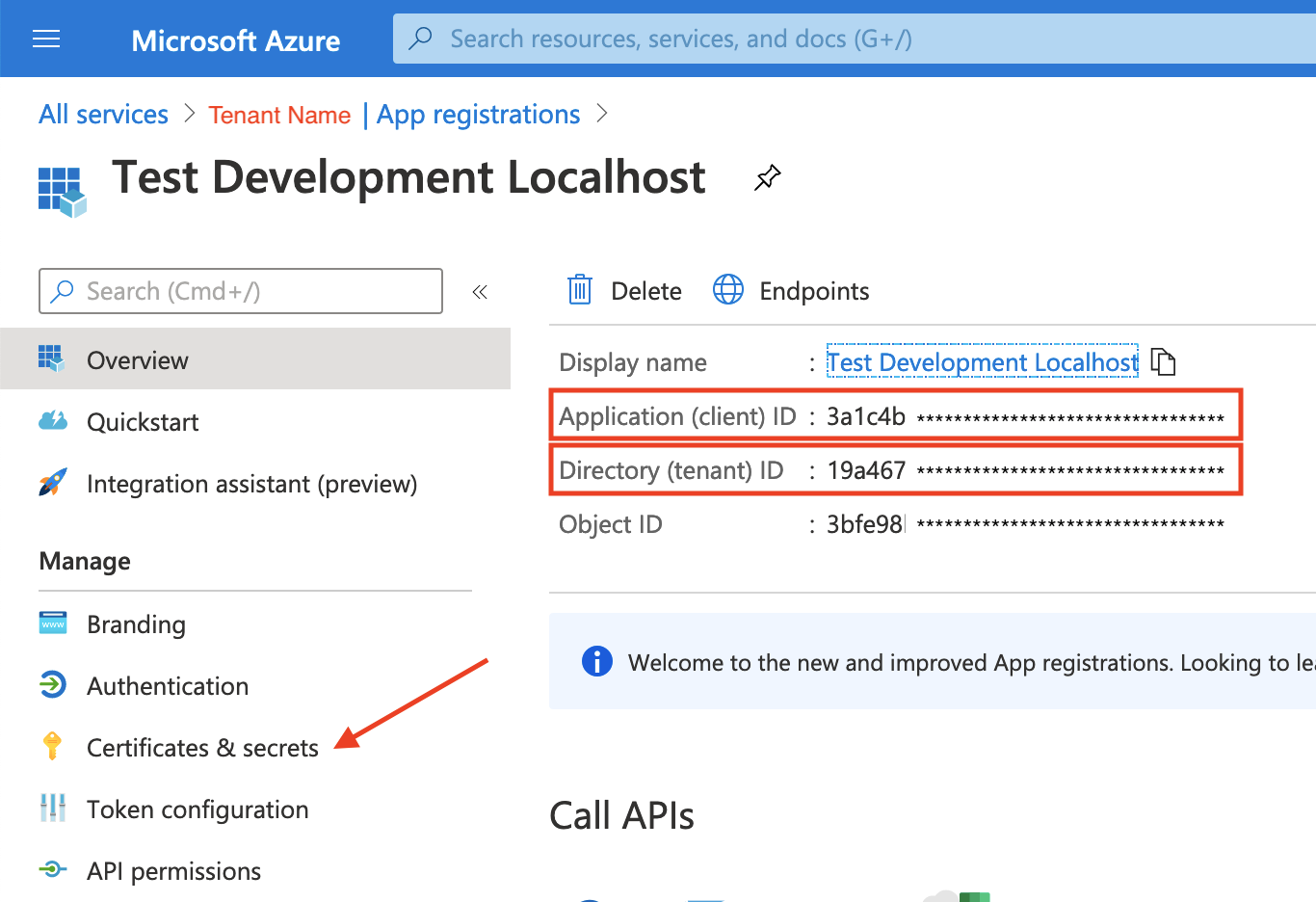This is the Microsoft/Azure ActiveDirectory (v2) strategy for login into Decidim using OmniAuth (SSO).
Add this line to your application's Gemfile:
gem 'decidim-microsoft'And then execute:
bundle
Extracted from the initial instructions explained here:
-
Go to your Azure account, configure a new tenant if you don't have any.
-
Use
https://example.org/users/auth/azure_activedirectory_v2/callbackas the callback URI (changeexample.orgfor your own domain) -
Use the
Application (client) ID,Directory (tentant) IDand theSecret IDto define the ENV variables. -
Happy login!
By default, this strategy can be automatically configure using just these ENV vars:
AZURE_CLIENT_ID=XXXX
AZURE_TENANT_ID=XXXX
AZURE_CLIENT_SECRET=XXXX
By setting the ENV var AZURE_CLIENT_ID to value that's not empty, the "login with microsoft" button will appear automatically in you Decidim instance.
You can also customize the way you extract these secrets by creating a initializer file, such as:
# config/initializers/microsoft_omniauth.rb
Decidim::Microsoft.configure do |config|
config.omniauth = {
enabled: Rails.application.secrets.dig(:omniauth, :microsoft, :enabled),
client_id: Rails.application.secrets.dig(:omniauth, :microsoft, :client_id:),
tenant_id: Rails.application.secrets.dig(:omniauth, :microsoft, :tenant_id),
client_secret: Rails.application.secrets.dig(:omniauth, :microsoft, :client_secret),
icon_path: Rails.application.secrets.dig(:omniauth, :microsoft, :icon_path), # be aware of webpacker, must by media/images/something
# optional variables:
# See https://github.com/RIPAGlobal/omniauth-azure-activedirectory-v2/blob/master/lib/omniauth/strategies/azure_activedirectory_v2.rb
scope: Rails.application.secrets.dig(:omniauth, :microsoft, :scope),
base_azure_url: Rails.application.secrets.dig(:omniauth, :microsoft, :base_azure_url),
authorize_params: Rails.application.secrets.dig(:omniauth, :microsoft, :authorize_params),
domain_hint: Rails.application.secrets.dig(:omniauth, :microsoft, :domain_hint)
}
endAnd, of course, having these values in your config/secrets.yml file.
Bug reports and pull requests are welcome on GitHub at https://github.com/openpoke/decidim-module-microsoft.
To start contributing to this project, first:
- Install the basic dependencies (such as Ruby and PostgreSQL)
- Clone this repository
Decidim's main repository also provides a Docker configuration file if you prefer to use Docker instead of installing the dependencies locally on your machine.
You can create the development app by running the following commands after cloning this project:
$ bundle
$ DATABASE_USERNAME=<username> DATABASE_PASSWORD=<password> bundle exec rake development_appNote that the database user has to have rights to create and drop a database in order to create the dummy test app database.
Then to test how the module works in Decidim, start the development server:
$ cd development_app
$ DATABASE_USERNAME=<username> DATABASE_PASSWORD=<password> bundle exec rails sIn case you are using rbenv and have the
rbenv-vars plugin installed for it, you
can add the environment variables to the root directory of the project in a file
named .rbenv-vars. If these are defined for the environment, you can omit
defining these in the commands shown above.
Please follow the code styling defined by the different linters that ensure we are all talking with the same language collaborating on the same project. This project is set to follow the same rules that Decidim itself follows.
Rubocop linter is used for the Ruby language.
You can run the code styling checks by running the following commands from the console:
$ bundle exec rubocop
To ease up following the style guide, you should install the plugin to your favorite editor, such as:
- Atom - linter-rubocop
- Sublime Text - Sublime RuboCop
- Visual Studio Code - Rubocop for Visual Studio Code
To run the tests run the following in the gem development path:
$ bundle
$ DATABASE_USERNAME=<username> DATABASE_PASSWORD=<password> bundle exec rake test_app
$ DATABASE_USERNAME=<username> DATABASE_PASSWORD=<password> bundle exec rspecNote that the database user has to have rights to create and drop a database in order to create the dummy test app database.
In case you are using rbenv and have the
rbenv-vars plugin installed for it, you
can add these environment variables to the root directory of the project in a
file named .rbenv-vars. In this case, you can omit defining these in the
commands shown above.
If you want to generate the code coverage report for the tests, you can use
the SIMPLECOV=1 environment variable in the rspec command as follows:
$ SIMPLECOV=1 bundle exec rspecThis will generate a folder named coverage in the project root which contains
the code coverage report.
If you would like to see this module in your own language, you can help with its translation at Crowdin:
https://crowdin.com/project/decidim-module-microsoft
See LICENSE-AGPLv3.txt.


